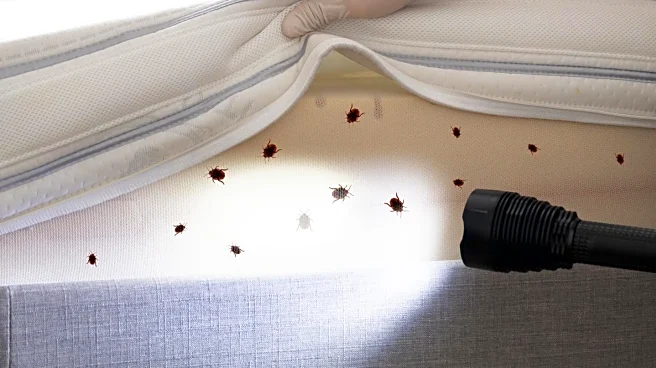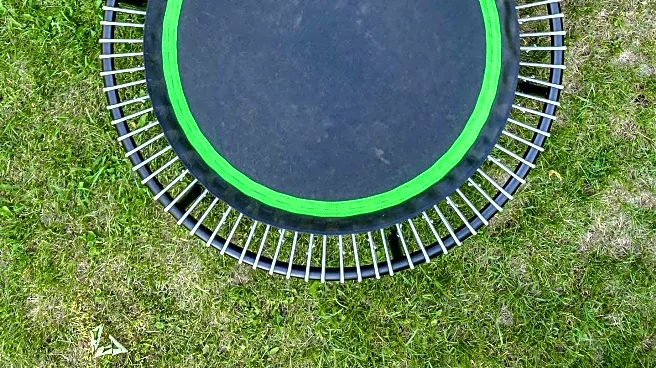What's Happening?
Diatomaceous earth, a natural pest control agent, is often used to manage various insects due to its abrasive properties that damage insect exoskeletons. However, experts suggest it is not the most effective solution for stink bugs. Nicole Carpenter, President at Black Pest Prevention, notes that stink bugs have tougher armor compared to softer-bodied insects, making diatomaceous earth less effective. Stink bugs tend to hide in small cracks and crevices, avoiding areas treated with diatomaceous earth. Kris Bagnara, Director of Service at All U Need Pest Control, advises homeowners to apply a thin layer of food-grade diatomaceous earth around entry points like doors and windows, but emphasizes that prevention and perimeter treatments are more effective.
Why It's Important?
The management of stink bugs is crucial for homeowners seeking to prevent infestations that can lead to damage and discomfort. While diatomaceous earth is a popular natural option, its limited effectiveness against stink bugs highlights the need for alternative strategies. Effective stink bug control can prevent potential damage to homes and reduce the nuisance caused by these pests. By focusing on prevention and perimeter treatments, homeowners can better protect their living spaces from infestations, potentially saving on pest control costs and maintaining a more comfortable environment.
What's Next?
Homeowners are encouraged to focus on sealing cracks and entry points, removing debris, and ensuring windows and doors are tightly shut to prevent stink bugs from entering. For those already dealing with infestations, vacuuming is recommended as a practical solution. If infestations persist, consulting a licensed pest control specialist for customized treatments may be necessary. These professionals can identify entry points and apply effective perimeter treatments to manage and prevent stink bug infestations.
Beyond the Headlines
The reliance on natural pest control methods like diatomaceous earth reflects a broader trend towards environmentally friendly solutions. However, the limitations of such methods in certain scenarios underscore the importance of understanding pest behavior and adapting strategies accordingly. This situation highlights the need for ongoing research and development in pest control technologies that balance effectiveness with environmental considerations.












